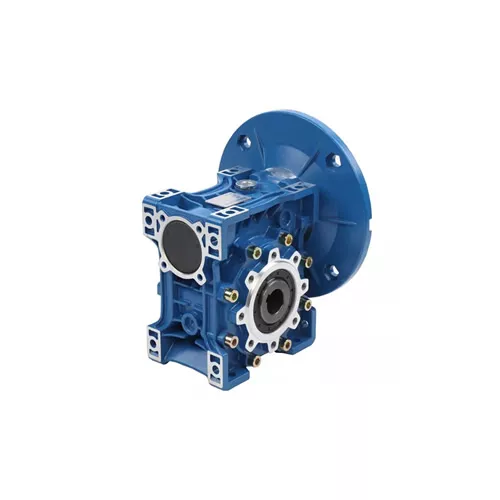Mobile:+86-311-808-126-83
Email:info@ydcastings.com
Composition and Properties of 316 Stainless Steel for Various Applications and Industries
Understanding 316L Stainless Steel Composition
316L stainless steel is one of the most commonly used grades in various industries due to its excellent corrosion resistance, high strength, and versatility. Derived from the 18-8 stainless steel family, it is known for its ability to withstand harsh environments, making it a popular choice for applications in chemical processing, marine environments, and medical devices. Understanding the composition of 316L stainless steel is crucial to appreciate its properties and applications.
Chemical Composition
The primary alloying elements in 316L stainless steel include iron, chromium, nickel, and molybdenum. The typical composition of 316L is as follows
- Iron (Fe) Approximately 62.0% to 74.0% is present as the base element in stainless steel, providing the structural integrity. - Chromium (Cr) This element is crucial for corrosion resistance, with typical levels around 16.0% to 18.0%. Chromium forms a passive layer of chromium oxide on the surface, preventing further oxidation and rust formation. - Nickel (Ni) Typically ranging from 10.0% to 14.0%, nickel enhances the ductility and toughness of the steel. It also contributes to the material's ability to withstand harsh environments and increases its resistance to corrosion, particularly against chlorides. - Molybdenum (Mo) The presence of 2.0% to 3.0% molybdenum in 316L stainless steel further enhances its resistance to pitting and crevice corrosion, especially in chloride environments. This makes 316L a superior choice for marine applications. - Carbon (C) The carbon content in 316L is typically kept lower than in standard 316 stainless steel, at a maximum of 0.03%. Reducing carbon content minimizes the risk of carbide precipitation, which can occur during welding and lead to intergranular corrosion. - Manganese (Mn) Manganese is generally present in small amounts, usually around 2.0%, which assists in improving the steel's hot workability. - Silicon (Si) Typically around 1.0%, silicon helps improve the oxidation resistance and is beneficial for the steel's overall workability. - Phosphorus (P) and Sulfur (S) These elements are present in very low concentrations (generally below 0.045% for phosphorus and 0.03% for sulfur), minimizing the risk of embrittlement and maintaining ductility.
Properties of 316L Stainless Steel
Due to its composition, 316L stainless steel possesses several advantageous properties
1. Corrosion Resistance The combination of chromium, nickel, and molybdenum provides exceptional resistance against various chemicals, including acids and chlorides, which can attack other types of stainless steel.
312 stainless steel composition

2. High Temperature Resistance 316L can maintain its strength and toughness even at elevated temperatures, making it suitable for high-temperature applications.
3. Ductility and Formability The high nickel content enhances the steel's ductility, allowing it to be easily formed and welded.
4. Biocompatibility Because of its low carbon content and resistance to corrosion, 316L is widely used in medical applications, including surgical instruments and implants.
Applications of 316L Stainless Steel
Given its impressive properties, 316L stainless steel is used in various sectors, including
- Chemical Processing It is used for tanks, pipelines, and valves due to its corrosion resistance to aggressive chemicals. - Marine Applications Components in boats, ships, and offshore platforms utilize 316L to withstand saltwater corrosion. - Medical Devices Surgical tools and implants benefit from 316L's biocompatibility and durability.
In conclusion, the composition of 316L stainless steel is what drives its outstanding properties and versatility. By understanding these elements, industries can make informed decisions about material selection for specific applications, ensuring both performance and longevity.
-
What Makes Stainless Steel Pump Casting Essential for Modern Industries?NewsJul.14,2025
-
Revolutionize Your Engine Maintenance with Premium Aluminum and Cast Iron ComponentsNewsJul.14,2025
-
Precision Flow Engineering Starts with the Right Pump ComponentsNewsJul.14,2025
-
Maximize Efficiency: Explore Reliable Containment and Crop SolutionsNewsJul.14,2025
-
Discover Superior Performance with Advanced Turbo ComponentsNewsJul.14,2025
-
Boost Fluid Dynamics with Precision-Engineered Pump ComponentsNewsJul.14,2025











